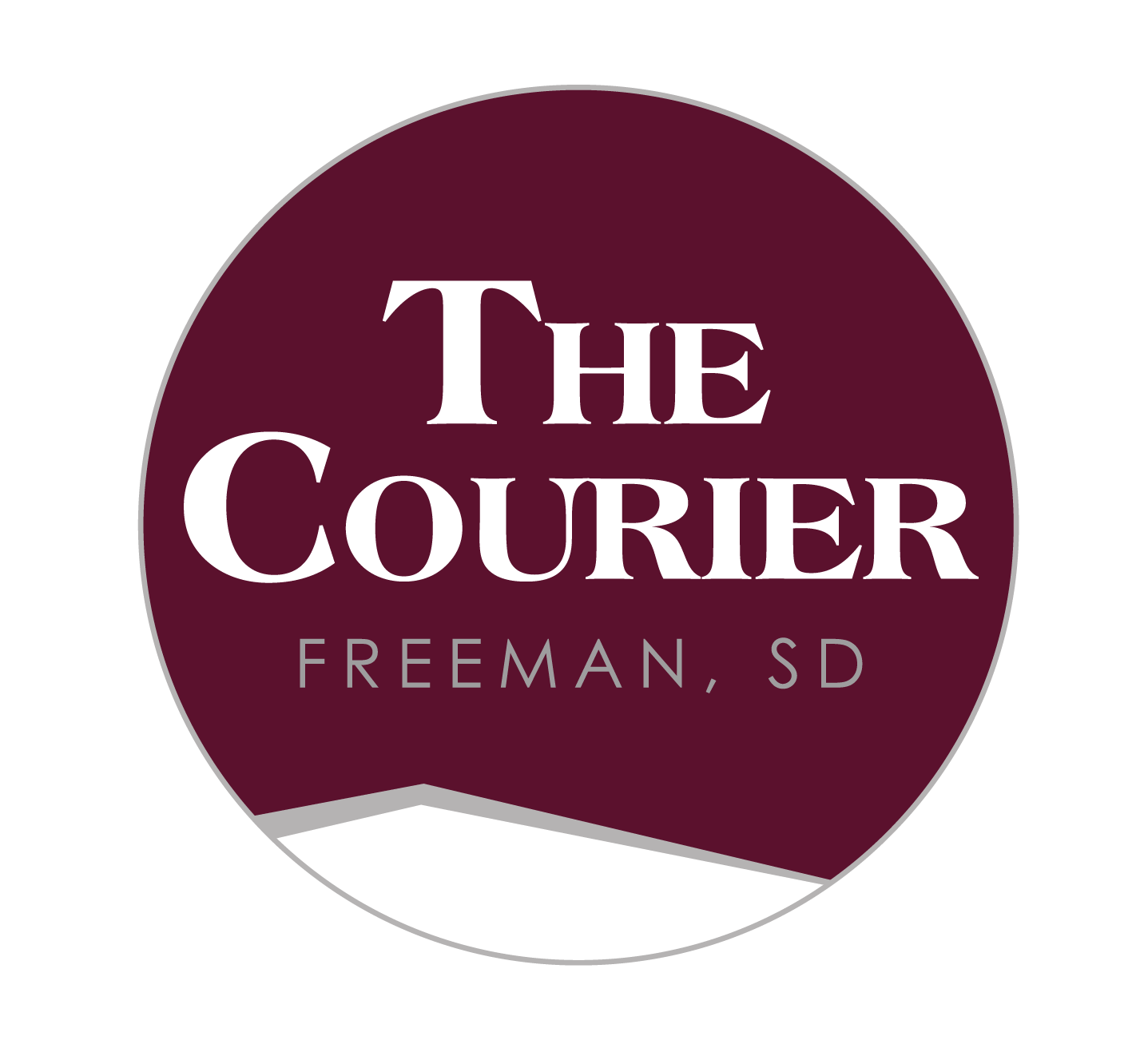FREEMAN PUBLIC CONTINUES TO SEE ENROLLMENT GROWTH
JEREMY WALTNER – PUBLISHER
“If it’s a whirlwind, we’re spinning in the right direction.”
That’s the 35,000-foot view summarized by Jake Tietje when looking at his relatively short time as superintendent of Freeman Public Schools — specifically the growth in enrollment the district has seen since he arrived as the top administrator in the summer of 2021.
While the final student count won’t be submitted to the state until the last week of September, preliminary numbers released by Freeman Public early this week show another jump in enrollment — 419 at the start of this school year compared to 402 at the start of last year.
According to the enrollment trend compiled by the Courier based on information provided by the school’s business office, the 419 students at the start of this school year is up considerably from year’s past. The district reported an enrollment of 335 in the fall of 2019, and the total was as low as 302 at the start of the 2014-15 term. That’s a jump of 117 students in nine years.
And Tietje said, according to the official count submitted by the state, he is expecting a jump of 80 students in the past three years alone.
“That’s crazy growth,” he says.
It also comes with some challenges.
Tietje says the board has been proactive in managing the surge of students by, last year, splitting the first and second grade classes into two sections — something that required the addition of two full-time teachers.
And, this year, several of the core classes on the junior-senior side of the school are split, as well, which meant the increase of a three-quarter time language arts teacher to full-time status and the addition of a full-time social studies/science instructor, Michael Freeman.
Administration is keeping a close eye on the trends, particularly with larger class sizes at the high school level. There are currently more than 20 students in every high school class, and this year’s eighth grade class has an enrollment of 38.
“It’s challenging,” Tietje said. “Right now we’re transitioning to a two-section school, and that can be a tough transition.”
Katie Juhnke, who is in her third year as the district’s 7-12 principal, says the growth at the junior-senior high school level creates challenges in scheduling — a complicated effort that typically begins the winter before the start of a new term.
With the eighth graders split across the board and some sophomore and junior classes split, “the difficult part is making sure all the pieces fit across the board,” said Juhnke, who says the complicating factor is balancing core requirements with electives in an eight-period day.
“If a teacher is teaching a core class, all those students need to be in there,” she says. “If my elective teachers are free, those students can’t take those classes, and that’s where it becomes difficult.
“The hard part is getting the electives in the right spots for the right students that don’t conflict with the cores they are required to take,” Juhnke continues. “There’s not a lot of wiggle room.”
While the current staffing structure is working, both Juhnke and Tietje note there is a significant need for additional paraprofessional help, particularly in the areas of ESL (English as a Second Language) and special needs.
“This year we have around 10 ESL students on the high school side, and those students have to have service,” Juhnke said. “And we have that same number on the elementary side, so we’re talking 20 students.
“We really need to ramp up our ESL program to get these kids through their access testing based on their specific needs.”
Tietje said the special education needs at the elementary level include additional help in the district’s autism room, which is open to outside districts but is currently full.
“There’s actually a waiting list because we don’t have the resources in the room to be able to manage that,” he said.
The district is currently advertising for para help and will continue to do so as needed.
“We’re anxiously waiting,” Tietje said. “There are some possibilities; a couple of people have expressed interest and we’re waiting to see if those pan out.
“We have been very fortunate to have quality hires over the last few years,” he continued. “Hopefully that trend will continue.”
As for the reason for the growth, the superintendent believes it is tied directly to the qualify of life found in the Freeman community — something he and his family have enjoyed since moving here from Minnesota more than three years ago.
“I think people are coming here because Freeman has a strong reputation and is a unique community,” Tietje says. “We have a hospital, two grocery stores, banks, gas stations, two school systems, and we’re a desirable location for a small town.
“We’re centrally located between Mitchell and Sioux Falls and Yankton, and that creates opportunities for families to come in and have a manageable commute to larger cities.
“The quality of living in this town is just a huge factor.”
And while it all creates challenges, Tietje says he welcomes them.
As a district, he says, “we have a five-year plan, but that evolves. As we hopefully continue to have growth and look toward transitioning to two sections in the areas where we need to, we need to be creative.”
It can be complicated, he says, “but we’ve got a great staff that has been 100% on board and supportive of the changes, so we’re pretty thankful from that standpoint.”
And despite a few growing pains, the superintendent is smiling.
It’s been fun,” he said. “It’s been a fabulous experience for me, it’s been a fabulous experience for my kids and my family. We love Freeman. We’re all in. We enjoy it here and hopefully we’re able to stay for a while.”

